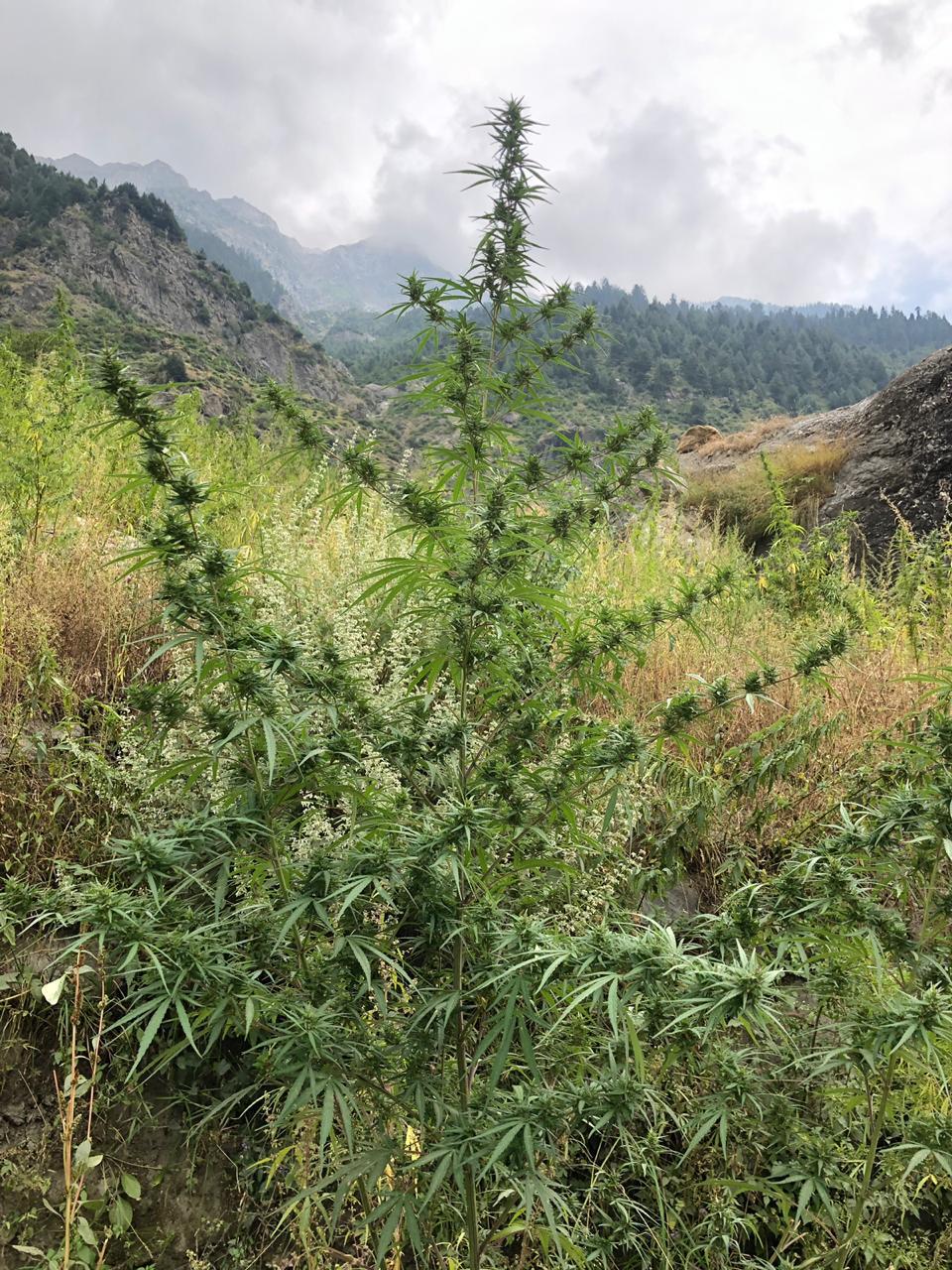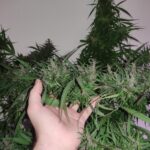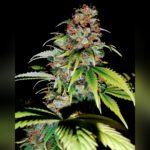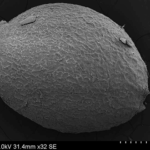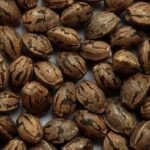Recently, we’ve made some wild-type (‘wild’, weedy, ruderal etc.) accessions from South and Central Asia available. Wild-type seeds exhibit slow and staggered germination.
Almost all commercially available Cannabis seeds are of domesticated types such as hybrids or landraces. Domesticated seeds readily germinate in a dark warm environment on being watered. By contrast, wild-type seeds usually don’t. Typically, they need to be manipulated.
Wild-type Cannabis seeds germinate better after a period of storage at cold temperatures. This process is known as cold stratification and enables them to overcome germination inhibitors (Small and Brookes 2012).
Even then, wild-type seeds are somewhat dormant and germinate irregularly. These are adaptive features that enable the plants to overcome the environmental fluctuations typical of wild habitats.
Janischevsky’s 1924 study of Russian wild-type hemp seeds showed that fewer than 10% could be germinated immediately after maturation, but that repeated watering and drying cycles increased germination (water-soluble germination inhibitors may be present in wild seeds).
Vavilov and Scholz noted that the germination of Russian wild-type hemp proceeded very slowly and intermittently, the seeds often remaining dormant for weeks or even months, with typically only 10% germinating promptly.
Dormancy is a natural adaptation delaying germination, but in Cannabis the delay is not much longer than a few years. The seeds are not naturally long-lived. Haney and Kutscheid reported that seeds from ruderal Kansas populations declined in viability from 70% to 4.4% in 15 months of soil burial, an observation suggesting that seeds do not persist in a viable state in the soil for more than two or three years.
In summary, cold stratification of a couple of months followed by wet and dry cycles is likely to achieve best results.
Only germinate in real seed compost, not the excessively rich environment often used by growers familiar with modern hybrids. Never use tissue paper or other ridiculous fad methods such as closed plastic bags, which vastly increase the chance seeds will be killed by fungal or bacterial infections such as ‘damping off’.
This note is intended only for people living in regions where Cannabis can be cultivated without a license. For further information see Ernest Small’s Cannabis: A Complete Guide.
The photo above is by Landrace Genetics and shows a wild-type plant in northern Pakistan, 2019. In the new McPartland & Small taxonomy, this wild-type individual can be classified as C. sativa subsp. indica var. himalayensis. Northern Pakistan is the main centre of biodiversity for subsp. indica. Wild-type plants of var. himalayensis and var. asperrima, i.e. naturally diversified South and Central Asian populations, can be found in its mountains.
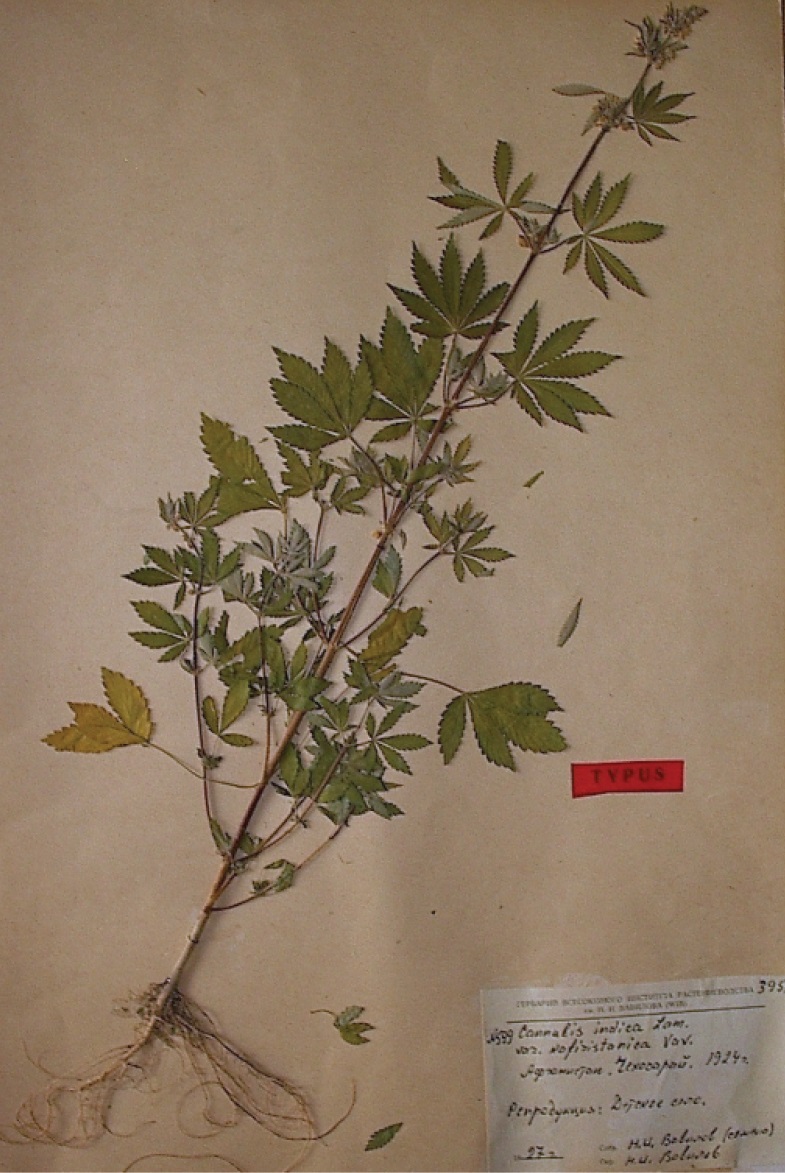
Type specimen for Cannabis sativa subsp. indica var. asperrima. Originally collected in Kunar Valley in 1924 by Nikolai Vavilov, who published it as a type specimen for his proposed taxon Cannabis indica var. kafiristanica.
